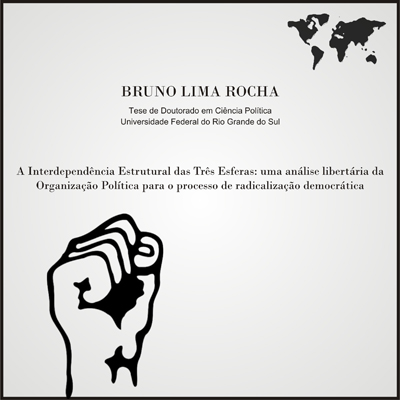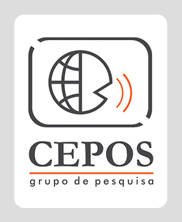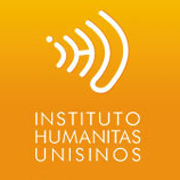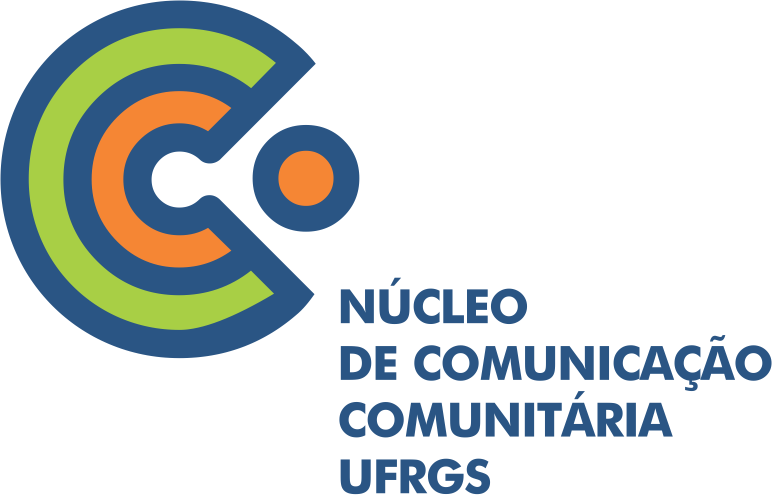

.jpg)
















|
Original Content in English Bridges between Anarchism and Democratic Confederalism - 3
Bruno Lima Rocha, 9 May 2015 In this essay, I start to debate and contest the political theory produced to classify all parties, and in extension, all political organizations, inside an umbrella that models political participation inside indirect democracy in a liberal approach. Before going deeper into criticism, I will highlight some aspects. This article is not intended to enter the specific debate about the theories of political parties, but to contest the essential part of the hegemonic approach for political organizations definitions. We argued against the Marxist and Marxist-Leninist tradition in the two first essays. In this one and the next, we will argue against the theory produced to reinforce the powers that are political models in Western societies. Besides struggling against hegemonic definitions, I must recognize that political science has discussed this subject extensively, and that the object of analysis – the political party – is a unit of essential structural analysis for the area, and that there is a large (and boring) literature about it. I recognize the validity of all these study approaches (the hegemonic ones), but I conduct a study that, from the ideological point of view, approaches the party in terms of the functioning of its structure; hence, there is a certain emphasis based on the terms and concepts used by classical theory. This approach of the organic functions intends to observe the types of role that this unit of analysis plays in the exercise of the process of Democratic Radicalization (and, obviously, in the Democratic Confederalism process), understanding the political front inside a liberal democracy as a permanent strategy including the popular action, forcing the State to be responsive, and being consistent with the expansion of rights and individual and collective freedom, given the multiplicity of subjects, demands, identities, and general issues.
I start with the premise that the substantial increase in social participation and organized protest creates the conditions for increasing social tension, passing through this route the form of projection and attempt of hegemony consolidation of the anarchist political organization or the anarchist party – based on the incidence and integration of the organized structures of lower classes.
Within this context, my fundamental analytical axis is the functioning of the political organization and the necessary training for its projection considering the strategic concept of radicalization of demands through the participative and protesting route. The aspect that changes with respect to the traditional method of political science production – is the explicit (not implied like a hidden premise) ideological point of view – and the location of the voluntary and integrative social organization (political party with cadres having internal democracy) being strategic for the accumulation of power from a labor and left libertarian point of view.
Before returning to the theme of modelling of this organization, it is interesting to analyze some of the current literature. I discuss in particular what concerns the characterization of the party, the type of participation, the macro-political environment (which democracy?), and the format of the long-term process where this organization operates. For the characterization of political parties, a definition is presented by Bobbio in his famous political dictionary. There, Norberto Bobbio and his associates describe the party as:
[...] the party encompasses very different social structures, from groups bound together by personal and particular ties to complex organizations of bureaucratic and impersonal style, whose characteristic is moving within the sphere of political power. [...] the associations that we can consider to be actual parties were created when the political system reached a certain degree of structural autonomy, internal complexity and work division allowing, on the one hand, a process of political decision-making involving diverse parts of the system and, on the other hand, that among these parties include, in principle or in fact, representatives of those whom the policy decisions refer to [...]
Bobbio and his associates characterize the parties as a kind of mass organization or mass electoral and this is seen as a phenomenon equivalent to an organizational setting and as a set of functions developed. I characterize these functions, among many, such as political representation, political mediation, political questioning, influence on key decisions of a society, cadre school for the elite, specific power niche, and promoter of various diffuse and specific interests. All of the definitions above are well fixed within the traditional and hegemonic way of doing politics. Not for our project.
As long as the strategic goal is different from oligarchic parties, a political organization devoted to social change is a recipient that stimulates and accumulates social power and experiences of social protest. The role of the strategic discussion centre is the nature of a social organization like a political party.
The similarities between the anarchist and democratic confederalism traditions and theory are evident again. If we compare my premises above to the following text it is easy to observe similarities. Reading the interview of Kurdistan Communities Union (KCK) Executive Council Co-President Bese Hozat (in PKK English website) there is an almost identical definition of what must be the party’s mission and crucial points. I thought it would be better to enumerate some of these crucial points:
“…it remains inadequate to define the PKK as an insurrection movement because of the fact that the party has presented the democratic nation paradigm, improved the democratic confederal system of peoples, built an alternative project of democratic peoples' system against the five thousand year old statist government system and is leading the building of this project now. With the democratic, free and equal form of life and the democratic ecological system what the PKK has built is the only system that will liberate the peoples. The Kurdish people are today giving a struggle to build this system on the basis of their own will. In the current state of affairs, the PKK has gone beyond a movement and become a social living system.”
A political organization can be a social institution for educating a new ruling class elite as recognized inside liberal and hegemonic theory. On the other hand, it can be a place for developing a revolutionary mindset feeding real socialist projects into day by day life, without losing perspective on the strategic assets. A political organization that is not a self-proclaimed vanguard will never become a new elite, like the Nomenklatura in a soviet model, but will organize itself to operate as a motor for social change.
The article originally published in Kurdish Question
|

